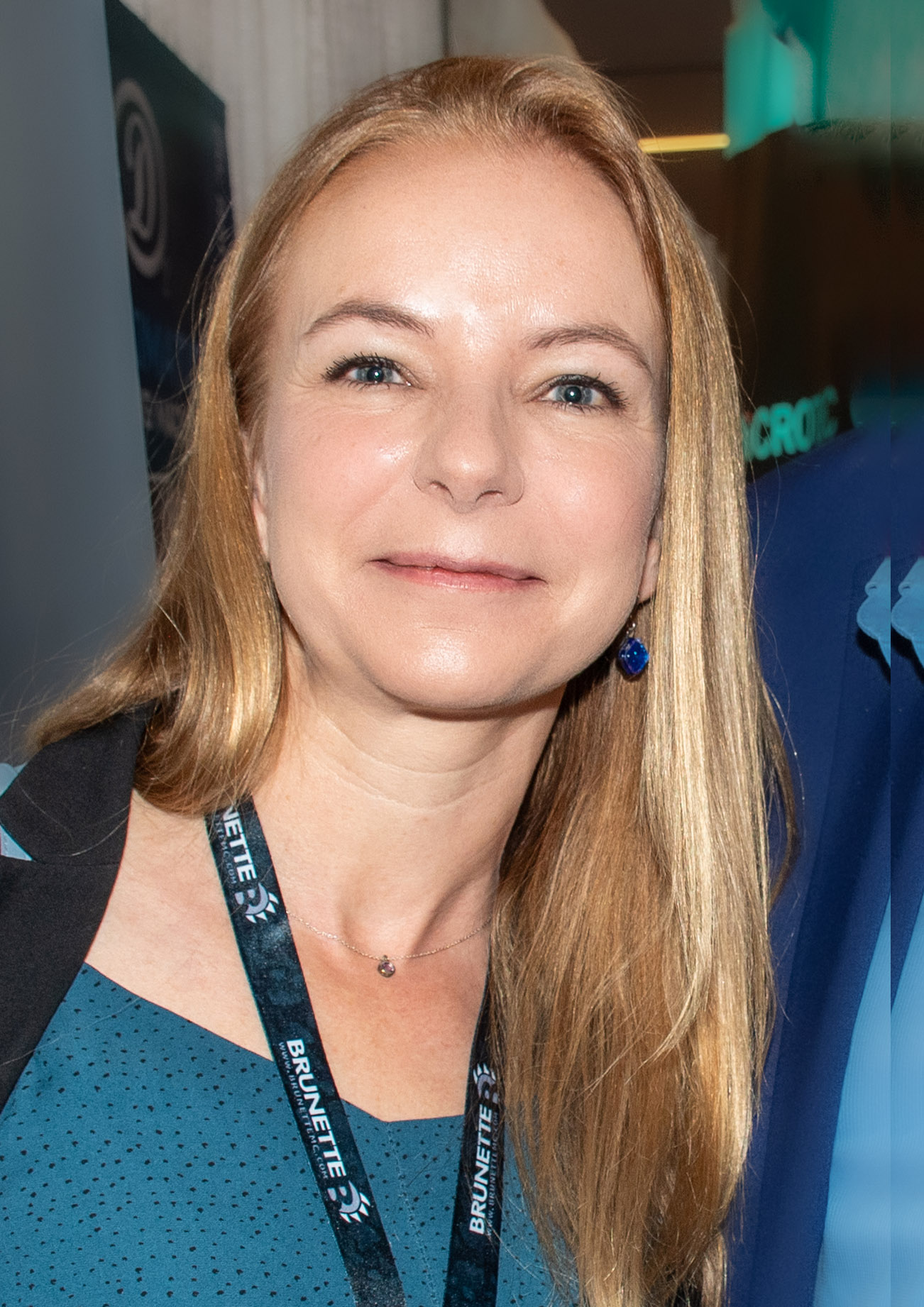
Shannon Janzen
VICTORIA – The Provincial Forest Advisory Council (PFAC or the council) has launched a new website where people in British Columbia can learn about the council’s work and share their input about the future of forestry in B.C. Announced in May 2025 by the Ministry of Forests, the council is an independent group of forestry experts tasked with developing recommendations for how to build a stronger, more stable forestry system that works for communities, the economy and the environment. The council’s work will focus on understanding and articulating the underlying issues facing the forestry sector and the systematic changes required to facilitate an effective transition to a new forestry model in B.C. “Through engagement with ministries across government, First Nations and targeted inquiries, were closely examining the changing conditions of B.C.’s forests and the foundation on which our forestry sector has been built,” said Shannon Janzen, Registered Professional Forester and co-chair of PFAC.

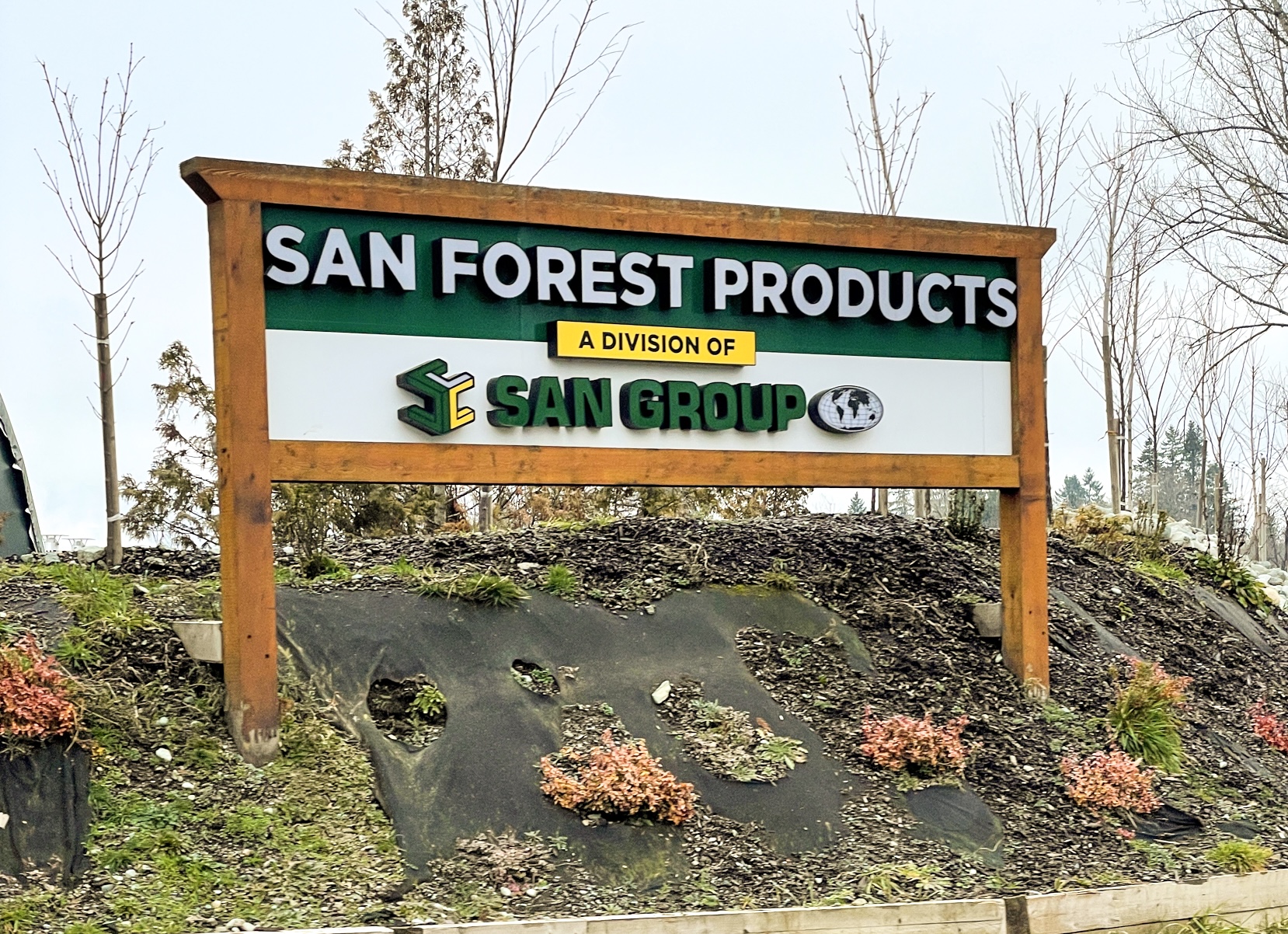 The monitor overseeing the credit-protection process for San Group, a Langley-based forestry company with debts in excess of $150 million, has applied to the courts for an extension of the process in order to complete the sale of the company’s assets. Deloitte Restructuring has asked the courts to extend the process to Oct. 31. It currently expires Sept. 5. …According to the monitor’s ninth report to the courts, filed this week, the sale of three San Group properties has now closed, and only a Langley farm remains of the major assets. The sale of the Coulson Mill in Port Alberni closed June 20 with proceeds of $12.06 million, the Langley mill site closed July 15, netting $12.37 million, and the Port Alberni value-added facility sale closed July 29, netting $8.25 million. On top of that, Tradewest Asset Solutions has now completed the sale of all of San Group’s remaining inventory, which resulted in $1.178 million being added to the pile.
The monitor overseeing the credit-protection process for San Group, a Langley-based forestry company with debts in excess of $150 million, has applied to the courts for an extension of the process in order to complete the sale of the company’s assets. Deloitte Restructuring has asked the courts to extend the process to Oct. 31. It currently expires Sept. 5. …According to the monitor’s ninth report to the courts, filed this week, the sale of three San Group properties has now closed, and only a Langley farm remains of the major assets. The sale of the Coulson Mill in Port Alberni closed June 20 with proceeds of $12.06 million, the Langley mill site closed July 15, netting $12.37 million, and the Port Alberni value-added facility sale closed July 29, netting $8.25 million. On top of that, Tradewest Asset Solutions has now completed the sale of all of San Group’s remaining inventory, which resulted in $1.178 million being added to the pile.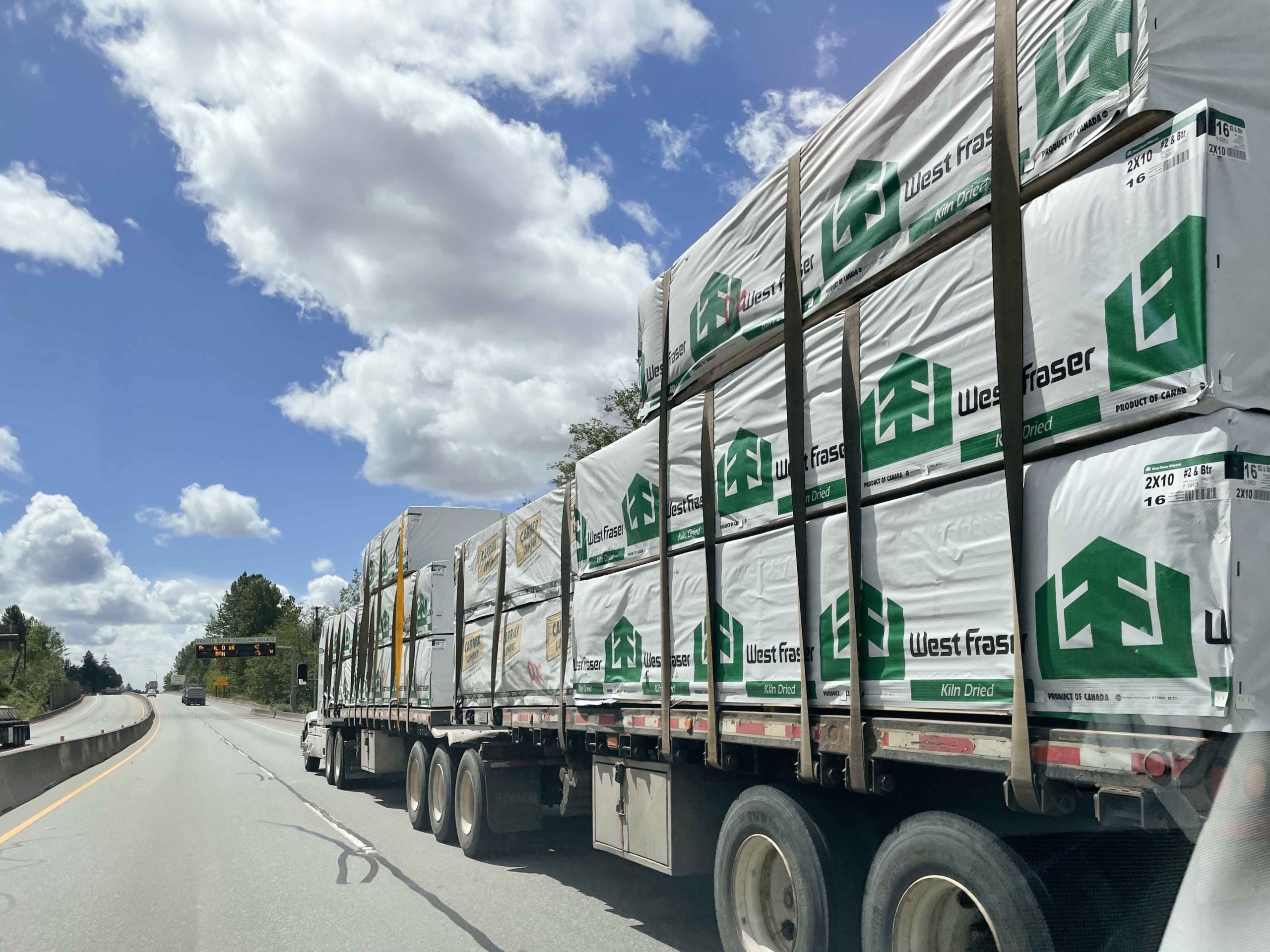 West Fraser Timber is continuing to succeed in this ever-changing world, despite a lower second quarter. …Sales were up slightly from Q1 — $1.532 billion, compared to $1.459 billion. However, earnings were nearly cut in half — $24 million compared to $42 million in the first quarter. “Demand for many of our building products slowed in the second quarter as spring building activity fell short of our expectations,” said Sean McLaren, West Fraser’s President and CEO. “This was more acute in our North America Engineered Wood Products segment, which experienced further easing of demand as the quarter progressed [with] softer U.S. new home construction.” …West Timber’s director of communications, Joyce Wagenaar, told Black Press Media that this year has been a challenge economically. “2025 has brought a number of changes, most notably sluggish demand for building products in Canada and the U.S. due to challenging economic conditions, leading to a slowdown in new home construction,” said Wagenaar.
West Fraser Timber is continuing to succeed in this ever-changing world, despite a lower second quarter. …Sales were up slightly from Q1 — $1.532 billion, compared to $1.459 billion. However, earnings were nearly cut in half — $24 million compared to $42 million in the first quarter. “Demand for many of our building products slowed in the second quarter as spring building activity fell short of our expectations,” said Sean McLaren, West Fraser’s President and CEO. “This was more acute in our North America Engineered Wood Products segment, which experienced further easing of demand as the quarter progressed [with] softer U.S. new home construction.” …West Timber’s director of communications, Joyce Wagenaar, told Black Press Media that this year has been a challenge economically. “2025 has brought a number of changes, most notably sluggish demand for building products in Canada and the U.S. due to challenging economic conditions, leading to a slowdown in new home construction,” said Wagenaar. A fire at a lumber yard inside Quesnel city limits is being managed by West Fraser Mills and was expected to be completely extinguished on Monday, Aug. 25, the city’s fire chief said. The 500-square-foot fire at BC Eco Chips on Pinecrest Road was first spotted around 4 a.m. on Saturday, Aug. 23, leading to a response from six fire departments in the Cariboo Regional District, BC Wildfire Service and personnel from West Fraser Mills. Reached by phone on Aug. 25, Quesnel Fire Chief Ron Richert said that the fire departments and wildfire service withdrew from the scene around 8 p.m., leaving West Fraser Mills in charge of managing the scene. At that point, the chief said, there were still “significant flames” but it was fully contained. …Richert confirmed that there were no structured damaged or people hurt by the fire. The cause of the fire has yet to be determined.
A fire at a lumber yard inside Quesnel city limits is being managed by West Fraser Mills and was expected to be completely extinguished on Monday, Aug. 25, the city’s fire chief said. The 500-square-foot fire at BC Eco Chips on Pinecrest Road was first spotted around 4 a.m. on Saturday, Aug. 23, leading to a response from six fire departments in the Cariboo Regional District, BC Wildfire Service and personnel from West Fraser Mills. Reached by phone on Aug. 25, Quesnel Fire Chief Ron Richert said that the fire departments and wildfire service withdrew from the scene around 8 p.m., leaving West Fraser Mills in charge of managing the scene. At that point, the chief said, there were still “significant flames” but it was fully contained. …Richert confirmed that there were no structured damaged or people hurt by the fire. The cause of the fire has yet to be determined.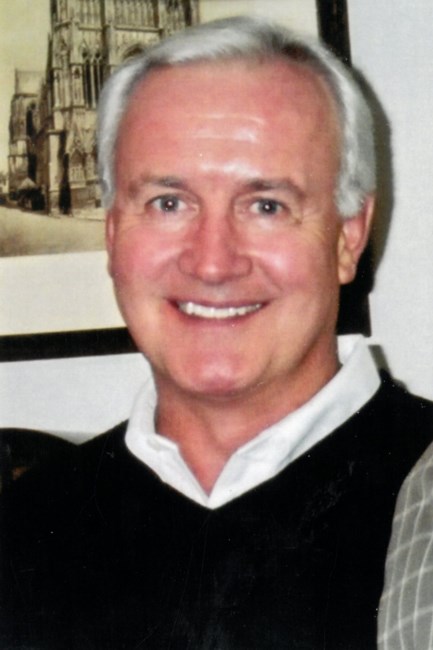
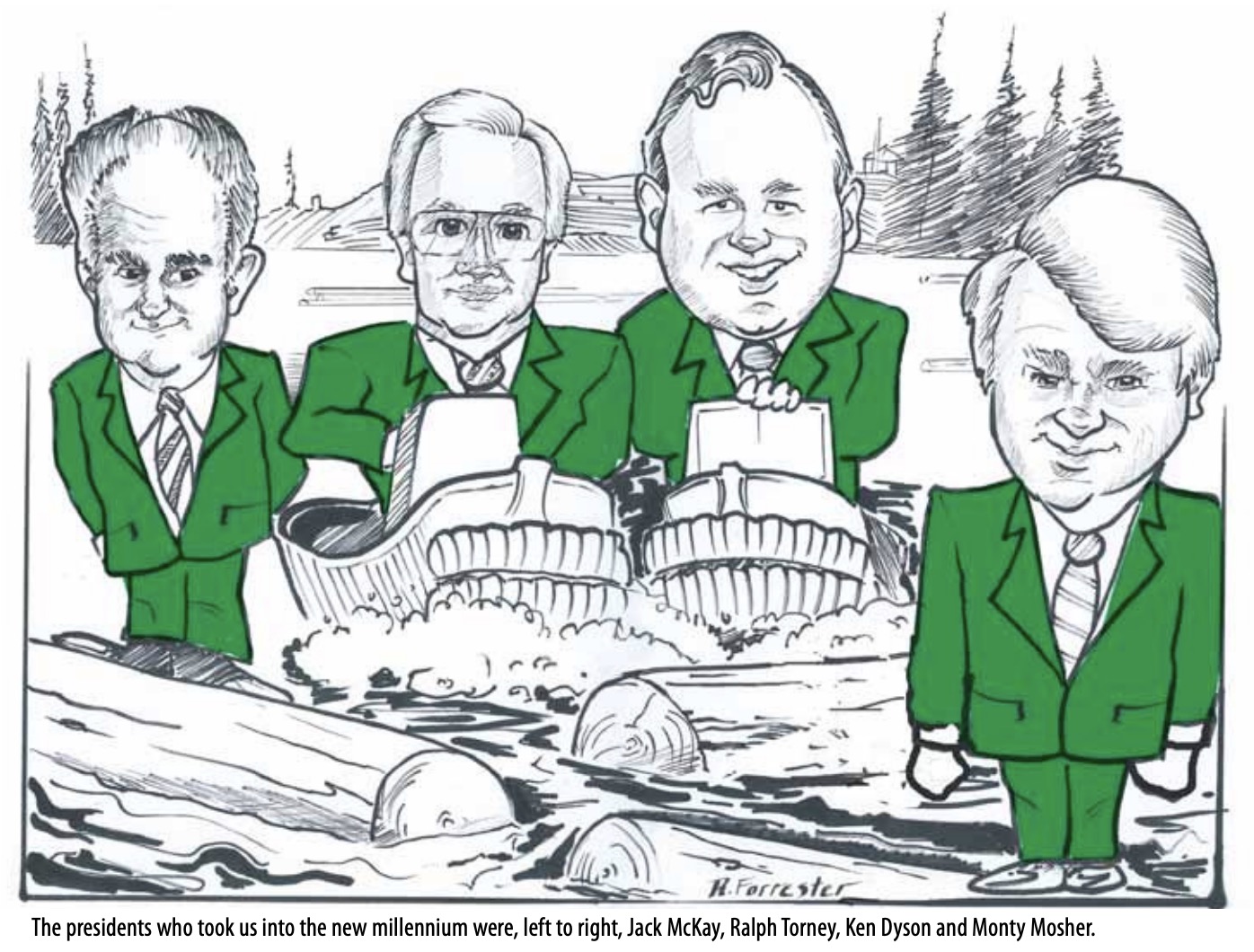


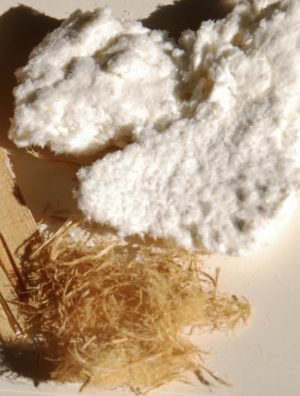 COQUITLAM, BC — Gregor Robertson, Minister of Housing and Infrastructure and Minister responsible for Pacific Economic Development Canada (PacifiCan), announced an investment of over $6.8 million for two Coquitlam-based businesses that are developing technologies to reduce waste and advance sustainability in the energy and textile sectors. …Novo Textile Company is receiving an investment of over $1.8 million to expand its textile recycling capacity. Novo plans to bind recycled fibres with BC wood pulp fibres to produce Canadian-made textiles at a competitive price. This will strengthen Canadian supply chains and divert 15 million pounds of garment waste from landfills annually. …Novo Textiles was incorporated in 1991 as a supplier of fibre-filled home textiles. Most recently, Novo introduced a textile recycling production line, continuing its evolution within the textile sector. It is estimated that 92 million tonnes of textile waste ends up in landfills annually.
COQUITLAM, BC — Gregor Robertson, Minister of Housing and Infrastructure and Minister responsible for Pacific Economic Development Canada (PacifiCan), announced an investment of over $6.8 million for two Coquitlam-based businesses that are developing technologies to reduce waste and advance sustainability in the energy and textile sectors. …Novo Textile Company is receiving an investment of over $1.8 million to expand its textile recycling capacity. Novo plans to bind recycled fibres with BC wood pulp fibres to produce Canadian-made textiles at a competitive price. This will strengthen Canadian supply chains and divert 15 million pounds of garment waste from landfills annually. …Novo Textiles was incorporated in 1991 as a supplier of fibre-filled home textiles. Most recently, Novo introduced a textile recycling production line, continuing its evolution within the textile sector. It is estimated that 92 million tonnes of textile waste ends up in landfills annually.
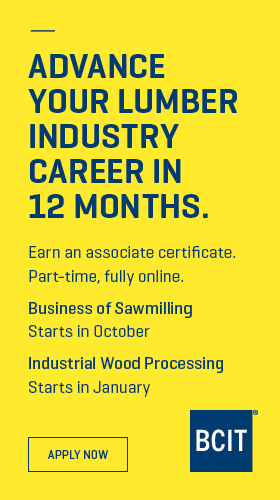 The lumber and sawmilling sector demands skilled leaders who combine technical expertise with sound business acumen. BCIT now offers two Associate Certificates, designed to be completed part-time and fully online in just 12 months, enabling working professionals to advance without leaving the industry. The Associate Certificate in the Business of Sawmilling (starting October 2025) focuses on the operational, financial, and strategic aspects of modern sawmill management. Topics include production planning, quality optimization, supply chain considerations, and market dynamics. Graduates are equipped to contribute to profitability and long-term competitiveness. The Associate Certificate in Industrial Wood Processing (IWP) (starting January 2026) emphasizes the science and technology of wood conversion. With courses in wood properties, manufacturing processes, quality control, and technical problem-solving, the program prepares participants to step into supervisory roles with confidence. Both programs are tailored for career advancement in the North American lumber industry.
The lumber and sawmilling sector demands skilled leaders who combine technical expertise with sound business acumen. BCIT now offers two Associate Certificates, designed to be completed part-time and fully online in just 12 months, enabling working professionals to advance without leaving the industry. The Associate Certificate in the Business of Sawmilling (starting October 2025) focuses on the operational, financial, and strategic aspects of modern sawmill management. Topics include production planning, quality optimization, supply chain considerations, and market dynamics. Graduates are equipped to contribute to profitability and long-term competitiveness. The Associate Certificate in Industrial Wood Processing (IWP) (starting January 2026) emphasizes the science and technology of wood conversion. With courses in wood properties, manufacturing processes, quality control, and technical problem-solving, the program prepares participants to step into supervisory roles with confidence. Both programs are tailored for career advancement in the North American lumber industry.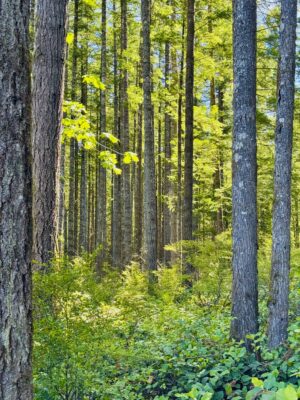 Local forests like Cai Creek, rich in biodiversity, cultural heritage, and tourism value, are disappearing across the province. …The at-risk cutblock is situated in the Cai Creek drainage area, just east of Crowsnest Highway 3, above Ootischenia.The hike was led by Matt Casselman, a local biologist and founder of the Save Cai Creek campaign. …“Cai Creek is a mostly intact watershed with no resource roads or recent logging, something that is increasingly rare in the West Kootenays. Intact forests should be protected because they offer areas of refuge for wildlife, and are more resilient to climate change,” says Casselman. …“The BCTS logging and road plans for Cai Creek extend across the whole drainage and will irreversibly disrupt the forest and its ecosystems,” says Casselman. …However, Cai Creek is not considered old growth by the Ministry of Forests and has no protections from logging.
Local forests like Cai Creek, rich in biodiversity, cultural heritage, and tourism value, are disappearing across the province. …The at-risk cutblock is situated in the Cai Creek drainage area, just east of Crowsnest Highway 3, above Ootischenia.The hike was led by Matt Casselman, a local biologist and founder of the Save Cai Creek campaign. …“Cai Creek is a mostly intact watershed with no resource roads or recent logging, something that is increasingly rare in the West Kootenays. Intact forests should be protected because they offer areas of refuge for wildlife, and are more resilient to climate change,” says Casselman. …“The BCTS logging and road plans for Cai Creek extend across the whole drainage and will irreversibly disrupt the forest and its ecosystems,” says Casselman. …However, Cai Creek is not considered old growth by the Ministry of Forests and has no protections from logging.

 In this edition of our newsletter you’ll find these headlines and more:
In this edition of our newsletter you’ll find these headlines and more: Bikers should take note that end-of-summer logging operations are kicking into gear at Revelstoke’s Mount MacPherson for a month starting next week, but minimally impacting recreational trails, according to a local cycling group. In a Facebook post on Wednesday afternoon, Aug. 27, the Revelstoke Cycling Association (RCA) advised that forest harvesting begins at the mountain’s upper trail network on the weekdays following the Labour Day weekend. This comes one week later than previously indicated in RCA’s trail report. Logging will run from 3 a.m. to 5 p.m. weekdays through most or all of September, with no activity planned for weekends, according to the association.
Bikers should take note that end-of-summer logging operations are kicking into gear at Revelstoke’s Mount MacPherson for a month starting next week, but minimally impacting recreational trails, according to a local cycling group. In a Facebook post on Wednesday afternoon, Aug. 27, the Revelstoke Cycling Association (RCA) advised that forest harvesting begins at the mountain’s upper trail network on the weekdays following the Labour Day weekend. This comes one week later than previously indicated in RCA’s trail report. Logging will run from 3 a.m. to 5 p.m. weekdays through most or all of September, with no activity planned for weekends, according to the association.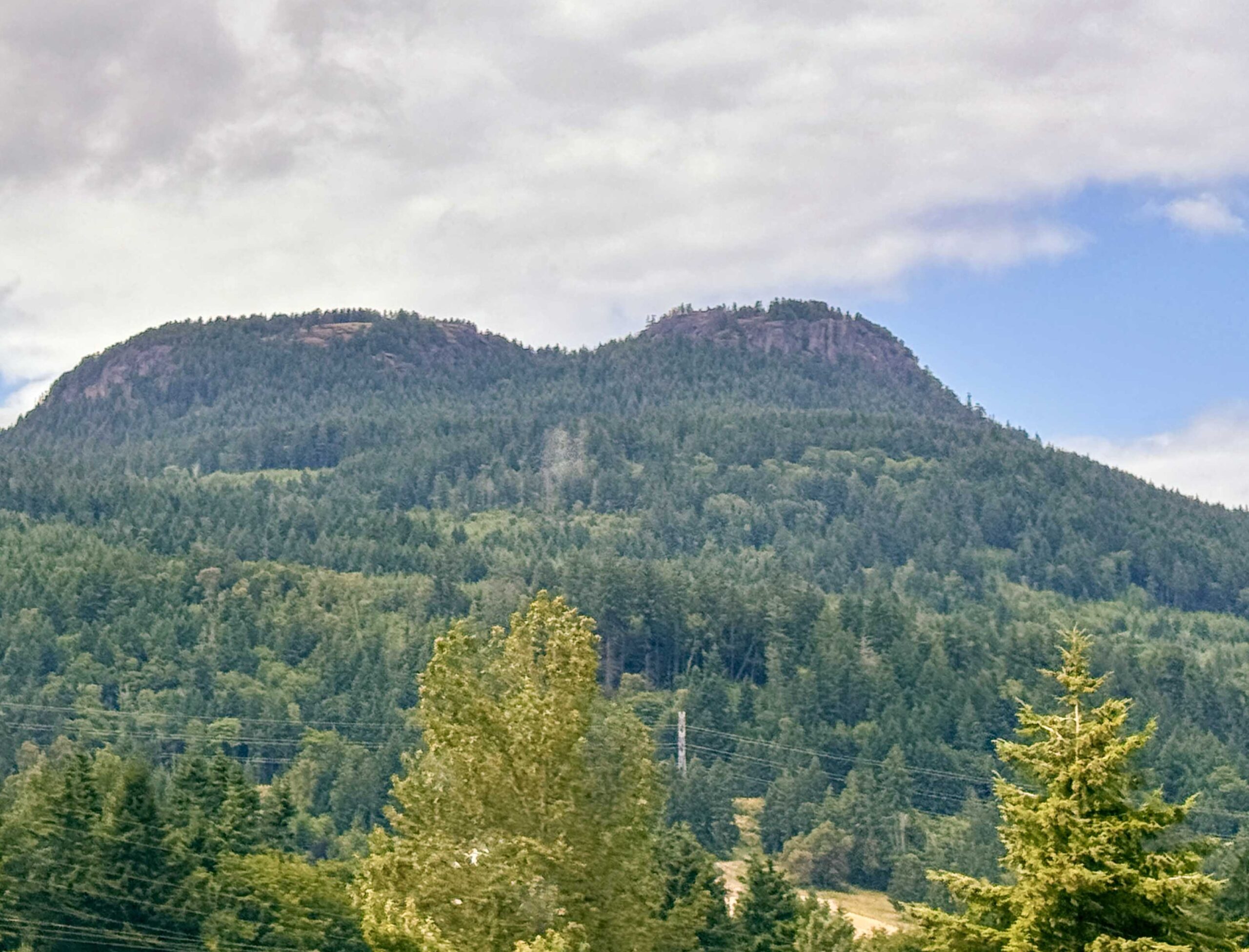 North Cowichan council has voted to make logging in the municipal forest reserve a strategic priority, despite warnings from some councillors and staff that the move could jeopardize years of work with the Quw’utsun Nation on a forest co-management framework. Timber harvesting in the roughly 5,000-hectare public forest has been on pause since 2019 to allow for public engagement, consultation with local First Nations and advice from experts on how to manage the publicly-owned woodland. Surveys found a majority of residents preferred conservation over harvesting — with 67 per cent of telephone respondents and 76 per cent of online respondents supporting either limiting timber harvesting … or not harvesting timber at all. In 2021, North Cowichan signed a memorandum of understanding with the Quw’utsun Nation… While it could take years before harvesting resumes, some around the council table warned that exploring harvesting options could negatively impact progress made towards a co-management framework with the Quw’utsun Nation.
North Cowichan council has voted to make logging in the municipal forest reserve a strategic priority, despite warnings from some councillors and staff that the move could jeopardize years of work with the Quw’utsun Nation on a forest co-management framework. Timber harvesting in the roughly 5,000-hectare public forest has been on pause since 2019 to allow for public engagement, consultation with local First Nations and advice from experts on how to manage the publicly-owned woodland. Surveys found a majority of residents preferred conservation over harvesting — with 67 per cent of telephone respondents and 76 per cent of online respondents supporting either limiting timber harvesting … or not harvesting timber at all. In 2021, North Cowichan signed a memorandum of understanding with the Quw’utsun Nation… While it could take years before harvesting resumes, some around the council table warned that exploring harvesting options could negatively impact progress made towards a co-management framework with the Quw’utsun Nation.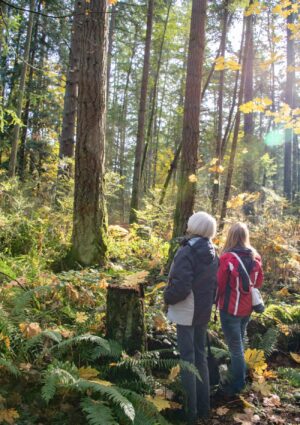 QUESNEL, BC — The Three Rivers Community Forest (TRCF) is showing how local control can bring fresh ideas to forest management, general manager Nick Pickles told Quesnel council this week. The area-based tenure, signed in October 2024, covers more than 38,000 hectares and is jointly owned by the City of Quesnel and the Esdilagh, Lhtako Dene, and Nazko First Nations. It comes with an allowable annual harvest of about 43,000 cubic-metres of conifer and another 10,500 cubic-metres of deciduous timber, Pickles explained at council’s Aug. 26 meeting. …Pickles said the TRCF mandate is more than just cutting trees. “It’s designed to provide long-term access to forest resources for community benefit. It focuses on local decision-making, stewardship, and sustainable forest use.” Profits are reinvested locally, whether it’s jobs, education, or infrastructure, Pickles added.
QUESNEL, BC — The Three Rivers Community Forest (TRCF) is showing how local control can bring fresh ideas to forest management, general manager Nick Pickles told Quesnel council this week. The area-based tenure, signed in October 2024, covers more than 38,000 hectares and is jointly owned by the City of Quesnel and the Esdilagh, Lhtako Dene, and Nazko First Nations. It comes with an allowable annual harvest of about 43,000 cubic-metres of conifer and another 10,500 cubic-metres of deciduous timber, Pickles explained at council’s Aug. 26 meeting. …Pickles said the TRCF mandate is more than just cutting trees. “It’s designed to provide long-term access to forest resources for community benefit. It focuses on local decision-making, stewardship, and sustainable forest use.” Profits are reinvested locally, whether it’s jobs, education, or infrastructure, Pickles added.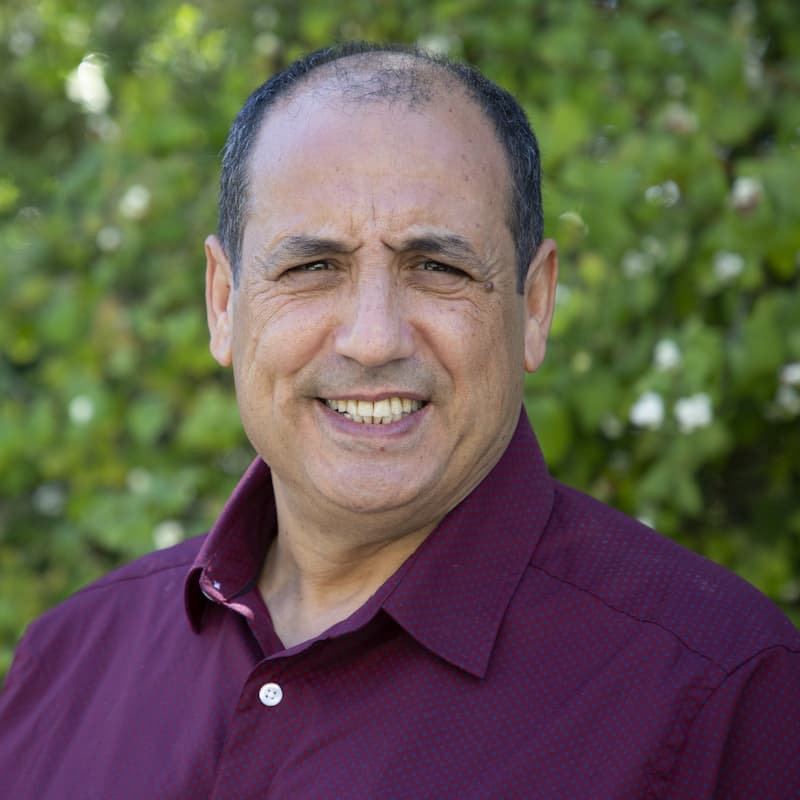
 A reader wrote The Discourse recently with a question about why the BC Wildfire Service protects privately-owned forest land on Vancouver Island. It was an interesting question, but it hinted at a bigger one: What are forestry companies doing to prevent and mitigate wildfires from happening in the first place? Recent major wildfires on Vancouver Island have been on a mix of Crown land and private land owned by or under license of forestry companies. This includes the fire from early this week on Block 290 near Mount Benson that was recently transferred to Snuneymuxw First Nation. A recent special investigation by the BC Forest Practices Board on
A reader wrote The Discourse recently with a question about why the BC Wildfire Service protects privately-owned forest land on Vancouver Island. It was an interesting question, but it hinted at a bigger one: What are forestry companies doing to prevent and mitigate wildfires from happening in the first place? Recent major wildfires on Vancouver Island have been on a mix of Crown land and private land owned by or under license of forestry companies. This includes the fire from early this week on Block 290 near Mount Benson that was recently transferred to Snuneymuxw First Nation. A recent special investigation by the BC Forest Practices Board on 
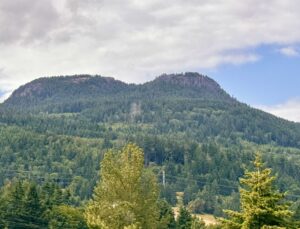 Harvesting in North Cowichan’s 5,000-hectare municipal forest reserve (MFR) is considered a primary issue for the rest of council’s term, which ends in October, 2026. On Aug. 20, council voted 4-3 to make harvesting, which hasn’t taken place since 2019, one of its strategic priorities. Coun. Bruce Findlay pointed out that the municipality has received no revenues from harvesting in the MFR for six years, and it may take several more years yet as negotiations with the Quw’utsun Nation on co-management of the MFR continue. …Despite the vote, CAO Ted Swabey advised council that he thinks that it’s unlikely that any harvesting could actually take place before the end of council’s term. …The public engagement aspect of the forest review concluded in early 2023, and the feedback from that process found very strong support for active conservation in the MFR, which would allow for targeted harvesting to provide some income, while restoring and enhancing biodiversity.
Harvesting in North Cowichan’s 5,000-hectare municipal forest reserve (MFR) is considered a primary issue for the rest of council’s term, which ends in October, 2026. On Aug. 20, council voted 4-3 to make harvesting, which hasn’t taken place since 2019, one of its strategic priorities. Coun. Bruce Findlay pointed out that the municipality has received no revenues from harvesting in the MFR for six years, and it may take several more years yet as negotiations with the Quw’utsun Nation on co-management of the MFR continue. …Despite the vote, CAO Ted Swabey advised council that he thinks that it’s unlikely that any harvesting could actually take place before the end of council’s term. …The public engagement aspect of the forest review concluded in early 2023, and the feedback from that process found very strong support for active conservation in the MFR, which would allow for targeted harvesting to provide some income, while restoring and enhancing biodiversity.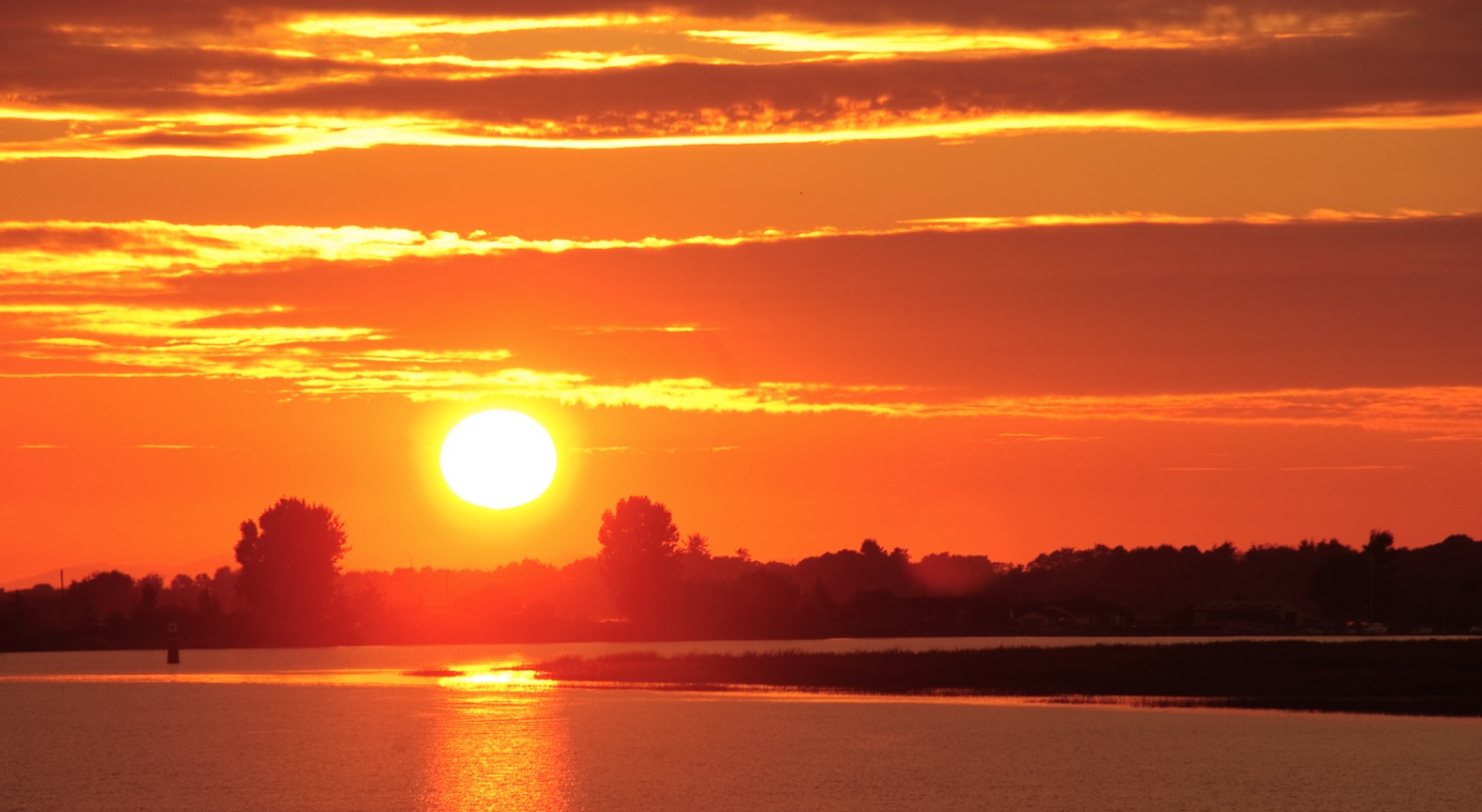 On the heels of record-breaking daily high temperatures, Vancouver Islanders face warmer than usual weather this week. Temperatures will continue to “remain well above seasonal” into mid-week for east and inland Vancouver Island with cooler temperatures overnight, according to an Environment Canada statement issued early Aug. 26. The extra warm conditions are expected to persist from inland Greater Victoria, up the east coast from Nanoose Bay to Fanny Bay. Cloud cover is expected Thursday. The Malahat area broke the newest record on the Island, hitting 30.2 C, topping the 29.8 daily record set in 2022. Nanaimo tied the oldest record, hitting a high of 33.3 set in 1958. Campbell River, Courtenay and Comox all flirted with 2016 records, with Campbell River shading the old 30 C temperature, hitting 30.2. Comox and Courtenay both tied the 2016 record of 30.3. The heat coincided with a new wildfire discovered Aug. 24 south of Nanaimo. The 8.6-hectare fire was classified as being held as of Tuesday morning.
On the heels of record-breaking daily high temperatures, Vancouver Islanders face warmer than usual weather this week. Temperatures will continue to “remain well above seasonal” into mid-week for east and inland Vancouver Island with cooler temperatures overnight, according to an Environment Canada statement issued early Aug. 26. The extra warm conditions are expected to persist from inland Greater Victoria, up the east coast from Nanoose Bay to Fanny Bay. Cloud cover is expected Thursday. The Malahat area broke the newest record on the Island, hitting 30.2 C, topping the 29.8 daily record set in 2022. Nanaimo tied the oldest record, hitting a high of 33.3 set in 1958. Campbell River, Courtenay and Comox all flirted with 2016 records, with Campbell River shading the old 30 C temperature, hitting 30.2. Comox and Courtenay both tied the 2016 record of 30.3. The heat coincided with a new wildfire discovered Aug. 24 south of Nanaimo. The 8.6-hectare fire was classified as being held as of Tuesday morning. An international research project in the northern is taking a hard look at the decline of keynote bat populations in a bid to help area ecosystems survive and thrive. Efforts to preserve a population of northern myotis – an endangered bat species that used to be found throughout eastern B.C., but whose range has been contracting to the central Interior – are under way near Kinbasket Lake, north of Revelstoke and Golden. Researchers with the Wildlife Conservation Society … are planting fake bark to mimic the old-growth trees where the northern myotis roosts, and on the north side they are using radio detectors to determine how many of the bats are present in logged areas. Logging may not be an automatic death sentence to bat populations, Lausen says, but it needs to stay within the limits of what northern myotis colonies can sustain. One of the project’s goals is to identify those limits.
An international research project in the northern is taking a hard look at the decline of keynote bat populations in a bid to help area ecosystems survive and thrive. Efforts to preserve a population of northern myotis – an endangered bat species that used to be found throughout eastern B.C., but whose range has been contracting to the central Interior – are under way near Kinbasket Lake, north of Revelstoke and Golden. Researchers with the Wildlife Conservation Society … are planting fake bark to mimic the old-growth trees where the northern myotis roosts, and on the north side they are using radio detectors to determine how many of the bats are present in logged areas. Logging may not be an automatic death sentence to bat populations, Lausen says, but it needs to stay within the limits of what northern myotis colonies can sustain. One of the project’s goals is to identify those limits.

 A prolonged heat wave gripping British Columbia has already toppled more than 20 daily high-temperature records, with forecasters warning the sweltering conditions are set to persist through mid-week. Environment Canada has extended heat warnings to large parts of the province, including Fraser Canyon, South Okanagan, and South Thompson, where highs in the upper 30s are expected to continue. Inland sections of the north and central coasts are forecast to reach up to 29C, while four special weather statements remain in effect for Vancouver Island. …Even as air quality improves, wildfire officials warn the soaring heat and dry air are fuelling dangerous conditions. The B.C. Wildfire Service said low relative humidity is making forest fuels highly susceptible to ignition… For insurers, the intensifying fire risk underscores a costly pattern. …Another active fire season … adds further pressure to an industry already grappling with rising catastrophe exposures in B.C.
A prolonged heat wave gripping British Columbia has already toppled more than 20 daily high-temperature records, with forecasters warning the sweltering conditions are set to persist through mid-week. Environment Canada has extended heat warnings to large parts of the province, including Fraser Canyon, South Okanagan, and South Thompson, where highs in the upper 30s are expected to continue. Inland sections of the north and central coasts are forecast to reach up to 29C, while four special weather statements remain in effect for Vancouver Island. …Even as air quality improves, wildfire officials warn the soaring heat and dry air are fuelling dangerous conditions. The B.C. Wildfire Service said low relative humidity is making forest fuels highly susceptible to ignition… For insurers, the intensifying fire risk underscores a costly pattern. …Another active fire season … adds further pressure to an industry already grappling with rising catastrophe exposures in B.C.
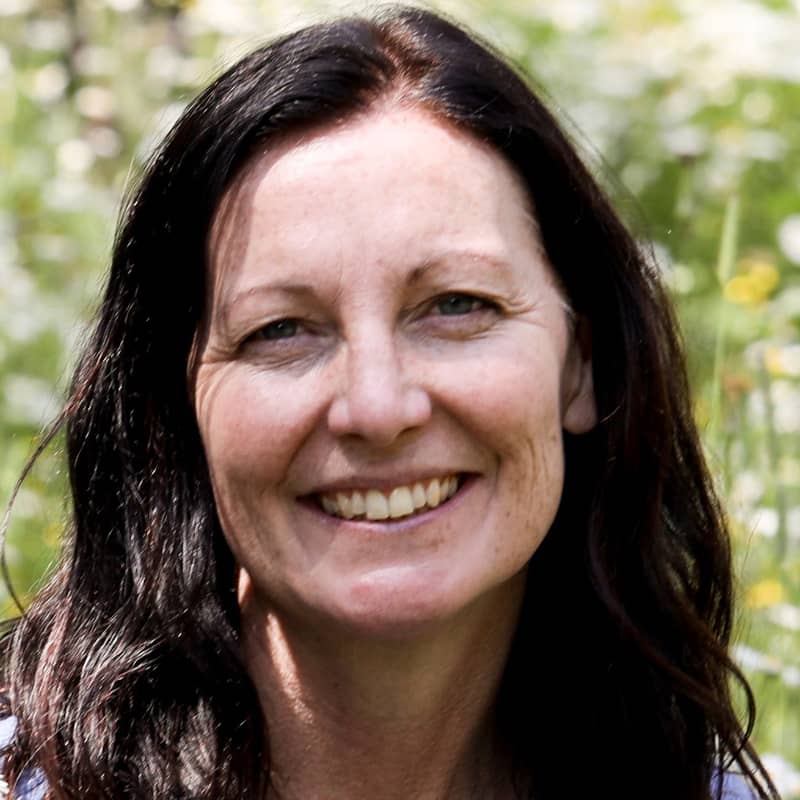
 The Forest Appeals Commission dismissed a Vanderhoof hunting and fishing lodge’s appeal of a $25,000 fine for cutting Crown timber without a licence. In an Aug. 13 decision, panel chair Maureen Baird upheld the March 2023 fine against Crystal Lake Resort Ltd. by the Ministry of Forests. Daniel Brooks, whose family bought the resort in 1975, admitted trees were cut without a licence in July 2020 on a right of way and the company asked, after the fact, for the Ministry of Forests to authorize the removal of merchantable timber. The ministry advised the company that it needed to have a licence to harvest in the first place. Brooks said he did not know he needed a licence. …The Ministry approved the required management plan, that allowed cutting trees if the resort had a forestry licence to do so.
The Forest Appeals Commission dismissed a Vanderhoof hunting and fishing lodge’s appeal of a $25,000 fine for cutting Crown timber without a licence. In an Aug. 13 decision, panel chair Maureen Baird upheld the March 2023 fine against Crystal Lake Resort Ltd. by the Ministry of Forests. Daniel Brooks, whose family bought the resort in 1975, admitted trees were cut without a licence in July 2020 on a right of way and the company asked, after the fact, for the Ministry of Forests to authorize the removal of merchantable timber. The ministry advised the company that it needed to have a licence to harvest in the first place. Brooks said he did not know he needed a licence. …The Ministry approved the required management plan, that allowed cutting trees if the resort had a forestry licence to do so. In the Summer Almanac you’ll find these headlines and much more:
In the Summer Almanac you’ll find these headlines and much more: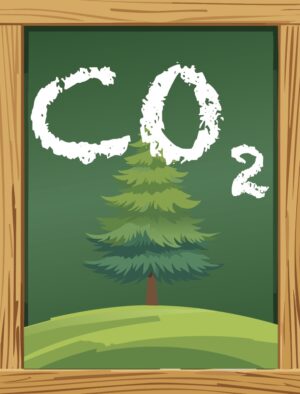
 There are fresh calls for an alternative route to the west coast of Vancouver Island after it emerged the main route between Port Alberni and Bamfield, B.C., is closed indefinitely. …The only alternative is a logging road detour through Youbou in the Cowichan Valley. …Ditidaht First Nation Chief Councillor Judi Thomas said she hopes the province will go further and redesignate the forest service industrial road as a provincial road and fast-track investment. But the Ministry of Transportation and Transit said, “there is mixed ownership of the road(s) in this area, but all are private industrial roads, and the ministry has no plans to take over the ownership”. …The province says it’s working with Mosaic Forest Management, which is responsible for maintaining 15 kilometres of Bamfield Road, to beef up maintenance on the detour road . …D’Arcy Henderson, Mosaic’s chief operating officer, said it was working with stakeholders on maintaining that detour route.
There are fresh calls for an alternative route to the west coast of Vancouver Island after it emerged the main route between Port Alberni and Bamfield, B.C., is closed indefinitely. …The only alternative is a logging road detour through Youbou in the Cowichan Valley. …Ditidaht First Nation Chief Councillor Judi Thomas said she hopes the province will go further and redesignate the forest service industrial road as a provincial road and fast-track investment. But the Ministry of Transportation and Transit said, “there is mixed ownership of the road(s) in this area, but all are private industrial roads, and the ministry has no plans to take over the ownership”. …The province says it’s working with Mosaic Forest Management, which is responsible for maintaining 15 kilometres of Bamfield Road, to beef up maintenance on the detour road . …D’Arcy Henderson, Mosaic’s chief operating officer, said it was working with stakeholders on maintaining that detour route. In this edition of Forest Safety News you’ll find these stories and more:
In this edition of Forest Safety News you’ll find these stories and more:
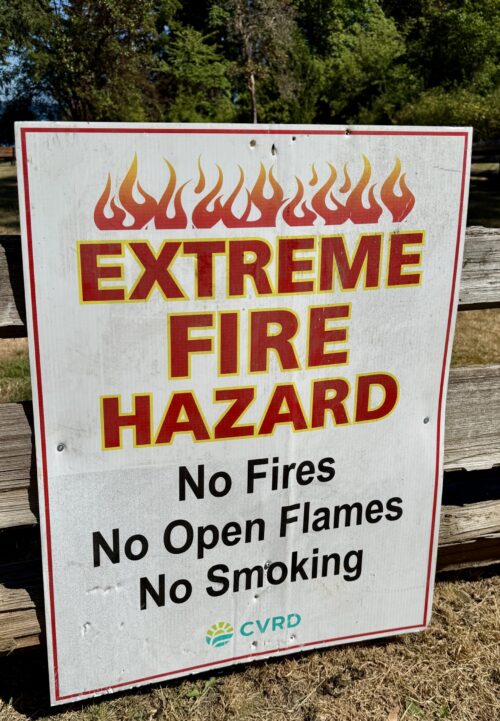 The number of active wildfires in British Columbia has leapt by more than a dozen following several days of hot, sunny weather. B.C. Wildfire Service (BCWS) figures Thursday morning show 81 active blazes, up from 68 on Wednesday, with 19 new starts and seven fires declared out over the past 24 hours. There are now 17 fires classified as burning out of control, up from four on Monday, including a cluster of new starts in the northwestern part of the Cariboo region. The wildfire service’s map also shows three new blazes detected Thursday in conservancy areas northwest of Whistler. BCWS says hot, dry conditions have left fuels across much of the province highly susceptible to ignition and spread. …The wildfire service says thunderstorms in the south are bringing a risk of lightning to the Coastal and southern Interior fire centres, and while those storms could help moderate temperatures slightly…
The number of active wildfires in British Columbia has leapt by more than a dozen following several days of hot, sunny weather. B.C. Wildfire Service (BCWS) figures Thursday morning show 81 active blazes, up from 68 on Wednesday, with 19 new starts and seven fires declared out over the past 24 hours. There are now 17 fires classified as burning out of control, up from four on Monday, including a cluster of new starts in the northwestern part of the Cariboo region. The wildfire service’s map also shows three new blazes detected Thursday in conservancy areas northwest of Whistler. BCWS says hot, dry conditions have left fuels across much of the province highly susceptible to ignition and spread. …The wildfire service says thunderstorms in the south are bringing a risk of lightning to the Coastal and southern Interior fire centres, and while those storms could help moderate temperatures slightly… Three new wildfires were confirmed today in the Northeast Region, one is out and two are burning out of control, according to the latest report from Aviation, Forest Fire and Emergency Services. North Bay 14 is on the north side of French River, about 4.5 km south of Sandy Island on Lake Nipissing. This fire is 1.5 hectares and not under control. Haliburton 26 is 0.5 hectares and located on Coo-ee Island on Kahshe Lake. The fire is also not under control. Chapleau 14 was 0.1 hectares and located on the south side of Bunting Lake, approximately 2.6 kilometres west of Perth Lake, and 1.1 kilometres south of Nackawic Lake. It is out. There are six active fires in the Northeast region; one is under control, two are not under control, and three are being observed.
Three new wildfires were confirmed today in the Northeast Region, one is out and two are burning out of control, according to the latest report from Aviation, Forest Fire and Emergency Services. North Bay 14 is on the north side of French River, about 4.5 km south of Sandy Island on Lake Nipissing. This fire is 1.5 hectares and not under control. Haliburton 26 is 0.5 hectares and located on Coo-ee Island on Kahshe Lake. The fire is also not under control. Chapleau 14 was 0.1 hectares and located on the south side of Bunting Lake, approximately 2.6 kilometres west of Perth Lake, and 1.1 kilometres south of Nackawic Lake. It is out. There are six active fires in the Northeast region; one is under control, two are not under control, and three are being observed.